SIU Journey to the Eclipse Talk Series
When: First Friday of each month, 3pm.
Where: Guyon Auditorium, Morris Library, SIUC
Talks are sponsored by the SIU School of Physics and Applied Physics and the STEM Education Research Center (SERC).
Talk Series Dates
“Eclipse 2024: 1 Year and 1 Day”
Mike Kentrianakis
April 7, 2023
With just one year to go to the April 8, 2024 total solar eclipse, SIU Carbondale will host American’s favorite eclipse chaser, Mike Kentrianakis, to talk about his experiences in observing total solar eclipses. Mike’s presentation will be preceded by a brief announcement of the upcoming eclipse 2024 events at SIU Carbondale.
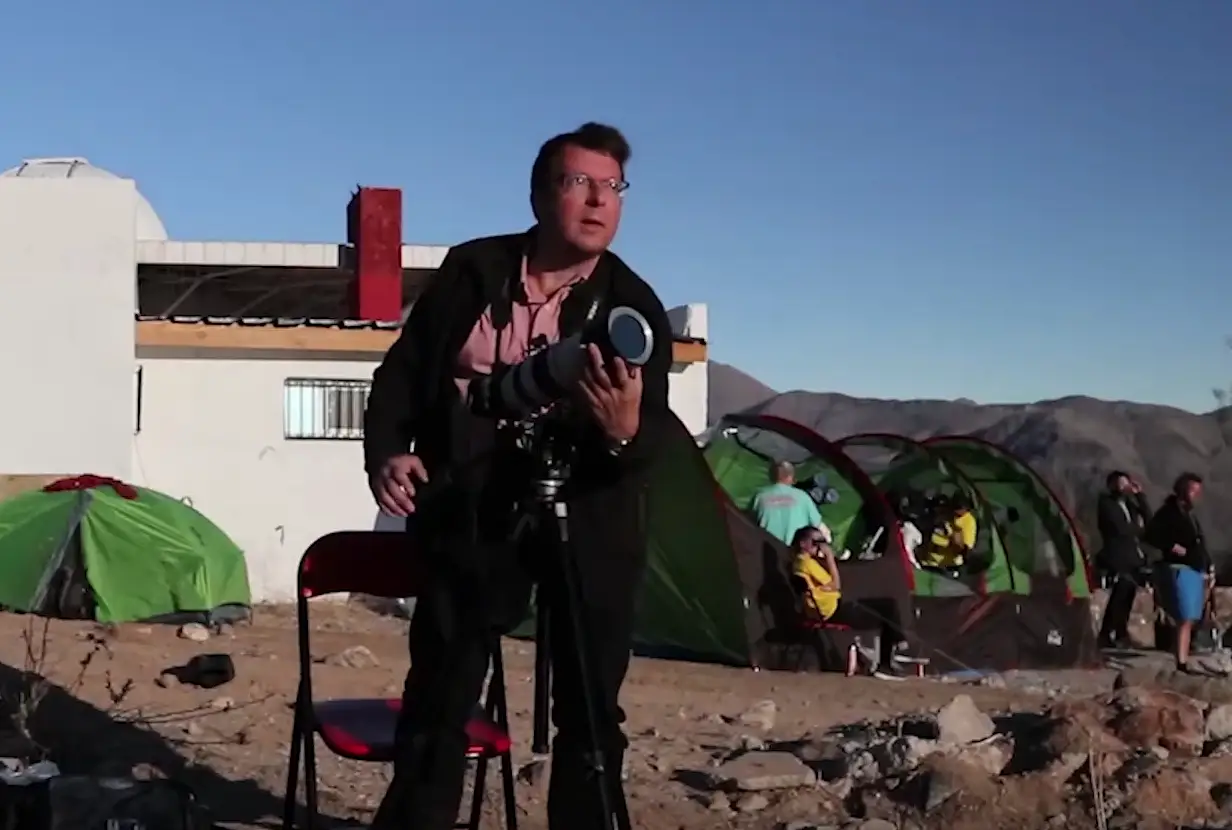
“NASA’s Stunning Space Telescope”
Michelle Nichols
August 4, 2023
The James Webb Space Telescope has begun to alter our understanding of black holes, the early Universe, stars, planets, and more. Learn more about this groundbreaking mission as we explore the latest incredible images from JWST.
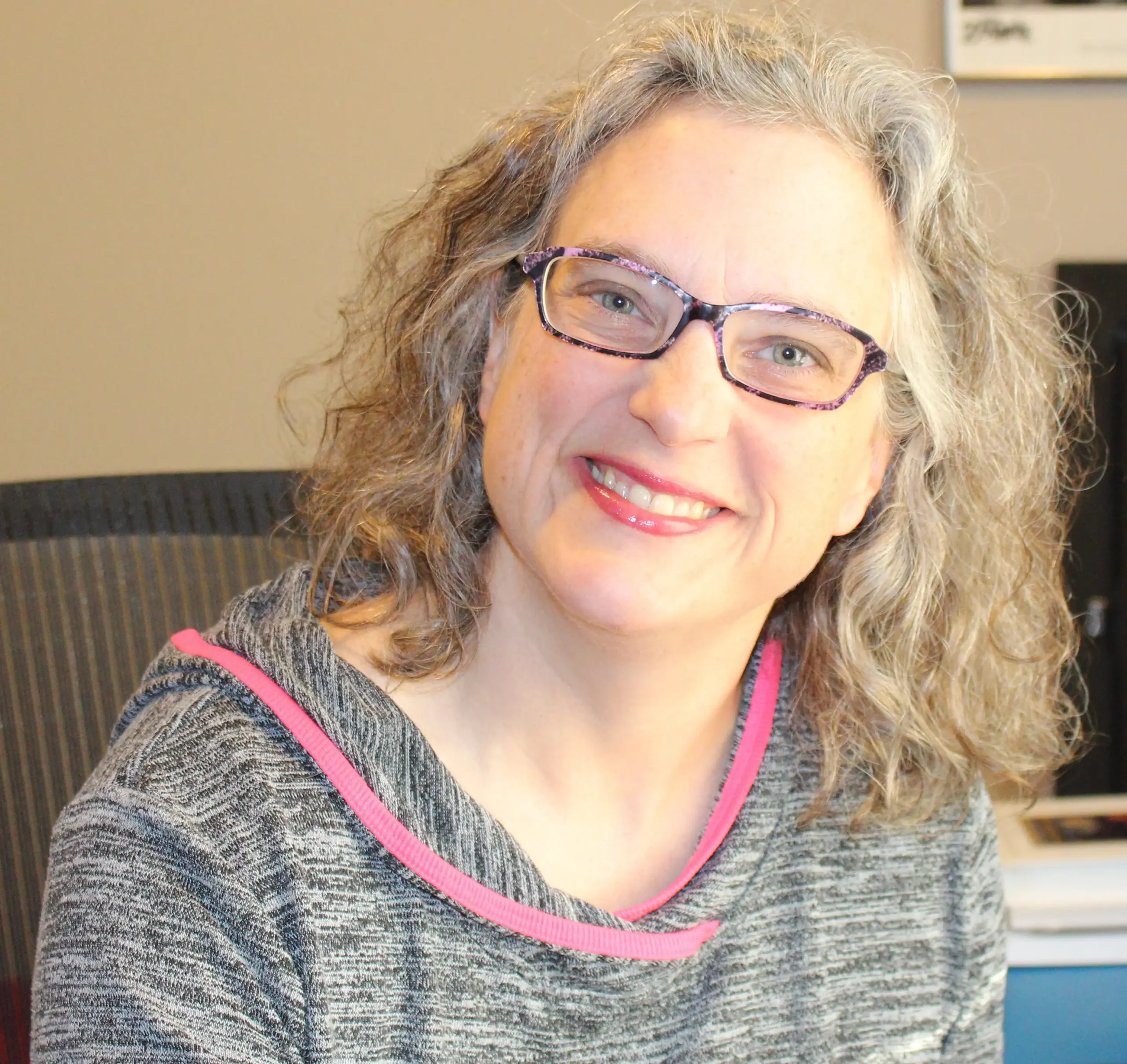
Michelle Nichols is Director of Public Observing at the Adler Planetarium in Chicago, IL. Ms. Nichols leads all of the Adler’s telescope, observatory, and public sky observing initiatives and events. Since 1999, she has been a popular speaker, giving hundreds of presentations to more than 130 public libraries, community organizations, and senior living facilities in the Chicago suburbs, Indiana, and Alabama.
“The Total Solar Eclipse Experience at SIU”
September 1, 2023
Experience the 2017 total solar eclipse through the lens of SIU students Malea Bailey and Marcia Kuhlman. Their video, “2.38: A Glimpse into the Eclipse,” showcases the lead up to the 2017 total solar eclipse and the amazing events that happened during the 2 minutes and 38 seconds of totality. Following will be a discussion of what to expect during the April 8, 2024 total solar eclipse.
“The Dynamic Eclipse Broadcast (DEB) Initiative”
Matt Penn
October 6, 2023
The DEB Initiative is a citizen-science experiment which places volunteer telescope teams across all of North America to capture images of the upcoming annular solar eclipse and total solar eclipse. The science-quality data collected from this experiment will be used to study an array of solar phenomena.
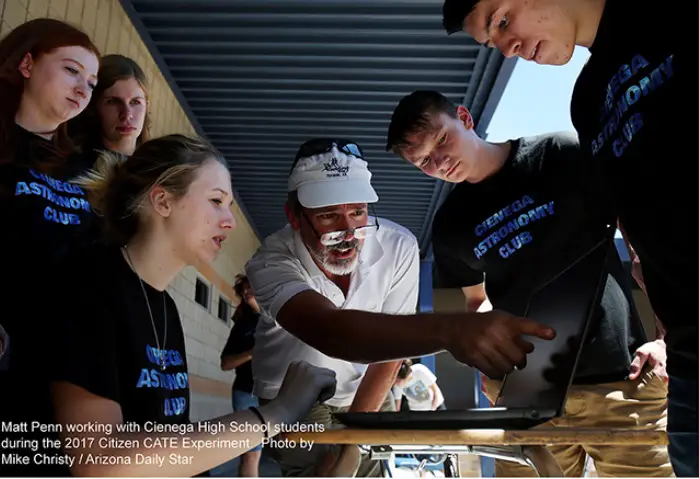
Matt Penn has worked at five solar observatories during his 30 years of doing solar research, published lots of papers, and mentored dozens of students. Now an engineer, Matt continues to pursue his passion for astronomy as a hobby and through projects like the DEB Initiative.
“NASA EDGE”
Blair Allen
October 13, 2023
NASA EDGE is the video podcast that takes an Inside and Outside Look at All Things NASA. Whether it’s the latest launch or the coolest gadgets, NASA EDGE hosts provide an offbeat, funny and informative look behind the NASA curtain. Meet one of the hosts of NASA EDGE and learn about some of their more interesting adventures.
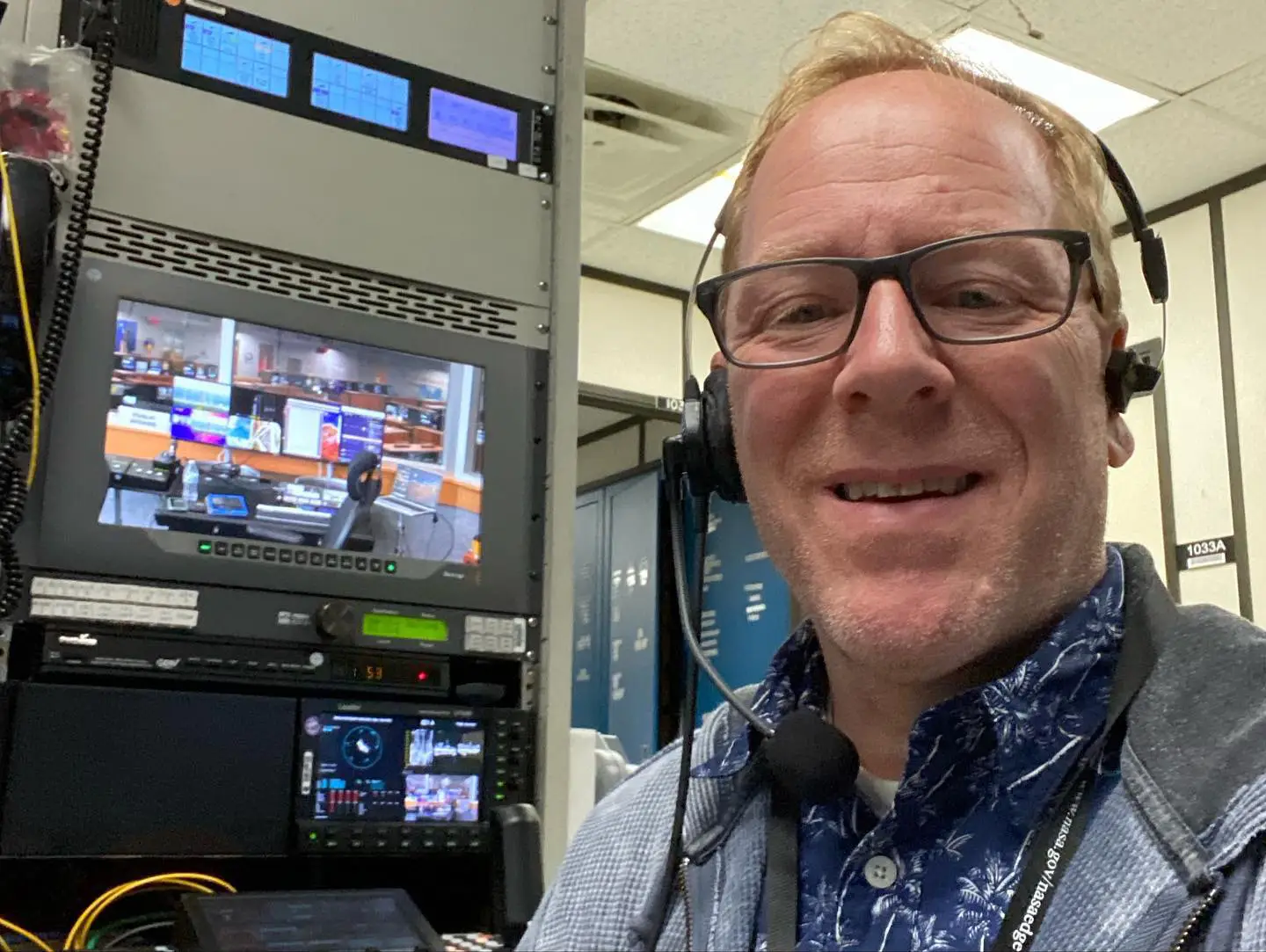
Blair Allen is the producer and co-host of NASA’s video podcast series, NASA EDGE. His travels for NASA EDGE have taken him around the globe, and he and his team have witnessed some amazing events in their efforts to document and share all things NASA with the rest of the world.
“Stargazing in the Past: Native American Celestial Rock Art Images in Southern Illinois”
Mark Wagner
November 3, 2023
Dr. Wagner will discuss celestial images (sun, moon, stars) in Illinois rock art. Are they images of past eclipses, or are they associated with Native American religious beliefs such as the Morning Star Myth? He will also talk about the Shawnee Prophet who correctly predicted the Eclipse of 1806, which astounded his Native American followers. How did he do this?
Dr. Mark Wagner received his graduate degrees from the University of Tennessee at Knoxville and Southern Illinois University Carbondale. His research interests include the study of Native American rock art in Illinois, the archaeology of the Lewis and Clark Expedition, the Cherokee Trail of Tears, and the investigation of African-African-American and Underground Railroad sites in southern Illinois.
Dr. Wagner served as Past President of the Eastern States Rock Art Research Assn. and is the current President of the Illinois Archaeological Survey (IAS).
“Cast a Long Shadow: Blocking out the Sun (and Moon) …”
Ken Anderson
December 1, 2023
“The sun will still rise tomorrow” is an ancient aphorism used to reassure us in uncertain times. Its power lies in the fact that the Sun and the Moon are among the most reliably consistent parts of our experience. But there are accounts in the historic record of times when the sun and the moon did not behave as we would expect, and in many instances those times correspond to periods of considerable upheaval and unrest. What causes changes in the appearance of celestial bodies that are normally so reliably consistent, and what effects did those disruptions have on those that experienced them? This talk will explore those questions, drawing on examples from the historic record and exploring what happened when the sun, or the moon, did not behave as it should.
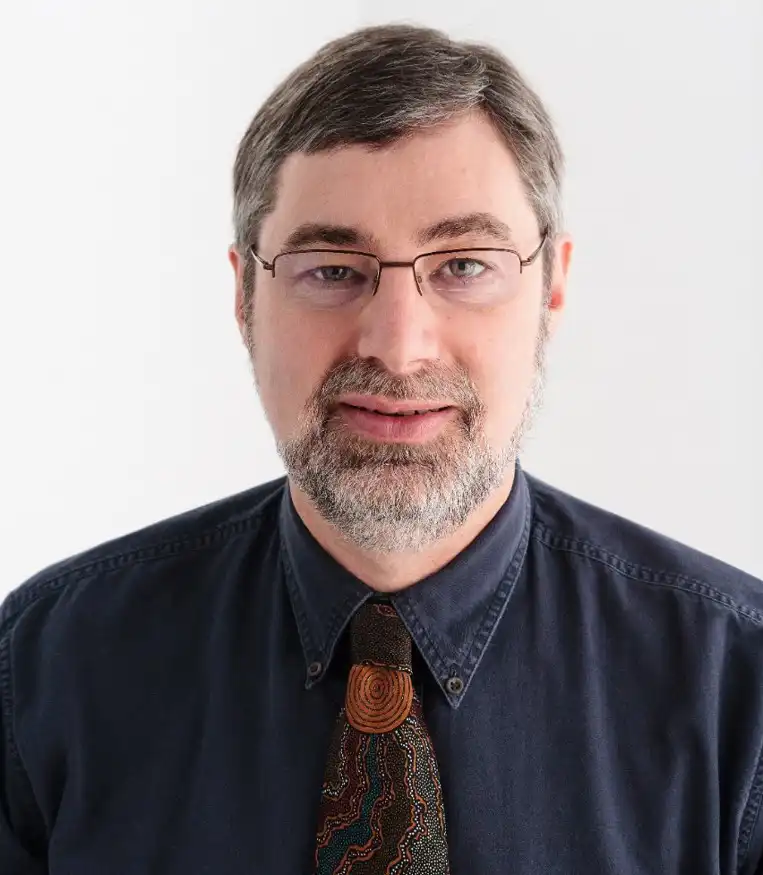
Dr Ken Anderson is the Director of the Advanced Energy Institute, co-director of the Ancient Practices program, and a Professor of Geology at SIUC. He grew up in southeastern Australia and received his PhD in organic geochemistry from the University of Melbourne in 1989. After working in the private sector and at Argonne National Laboratory, he joined SIU in 2003. His work is highly interdisciplinary, and he is a strong proponent of breaking down academic barriers, especially the between the humanities and the STEM disciplines.
“Before and After In the Shadow“
H.D. Motyl and Mark Stoffel
February 2, 2024
Mark Stoffel and H.D. Motyl, the producers of In the Shadow, SIU’s official 2017 eclipse documentary, discuss the year-long preparation and production of the film, from developing themes and structure, to the final edit and premiere. Film clips will illustrate their journey to create a work about this wondrous event as experienced by the people of Southern Illinois and how preparations for it created a sense of community.
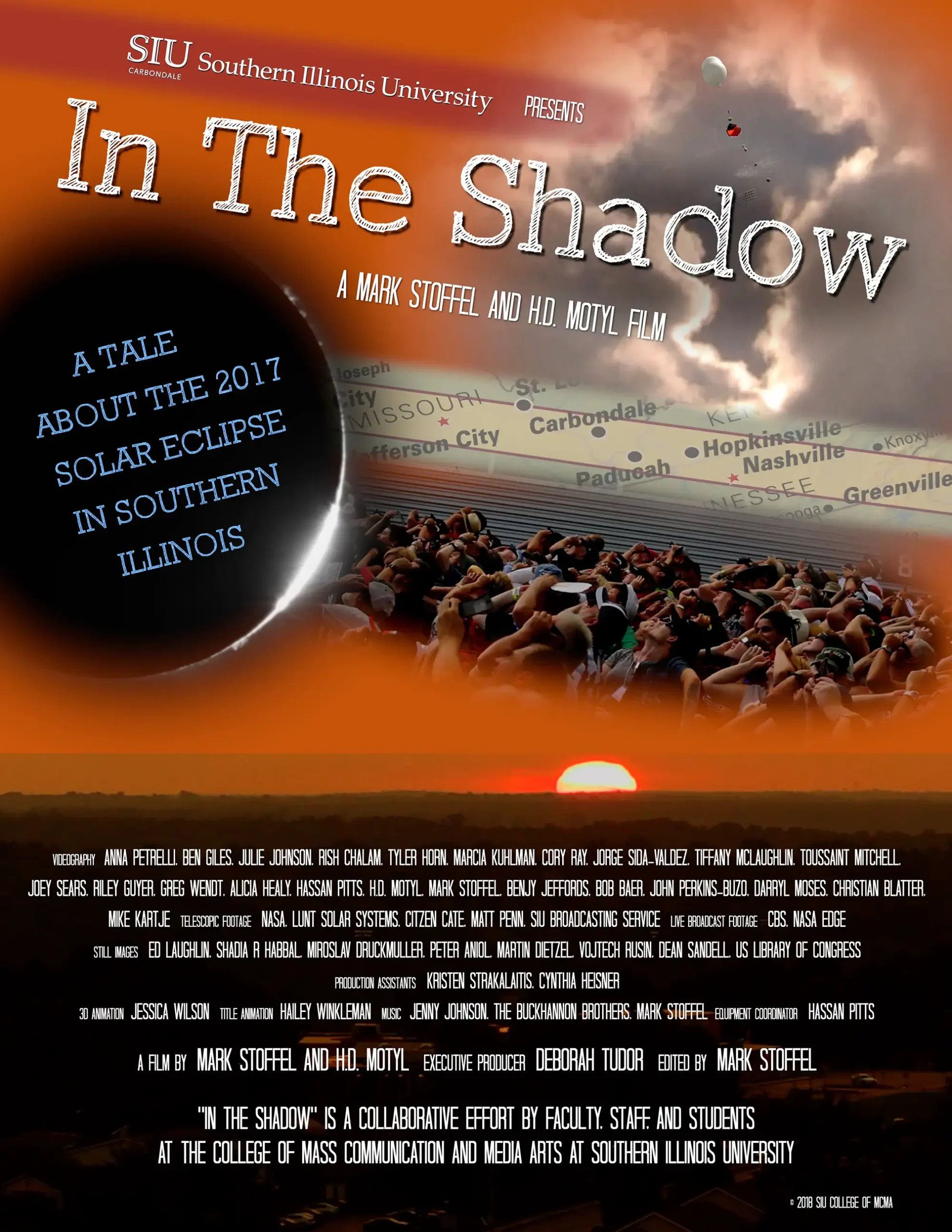
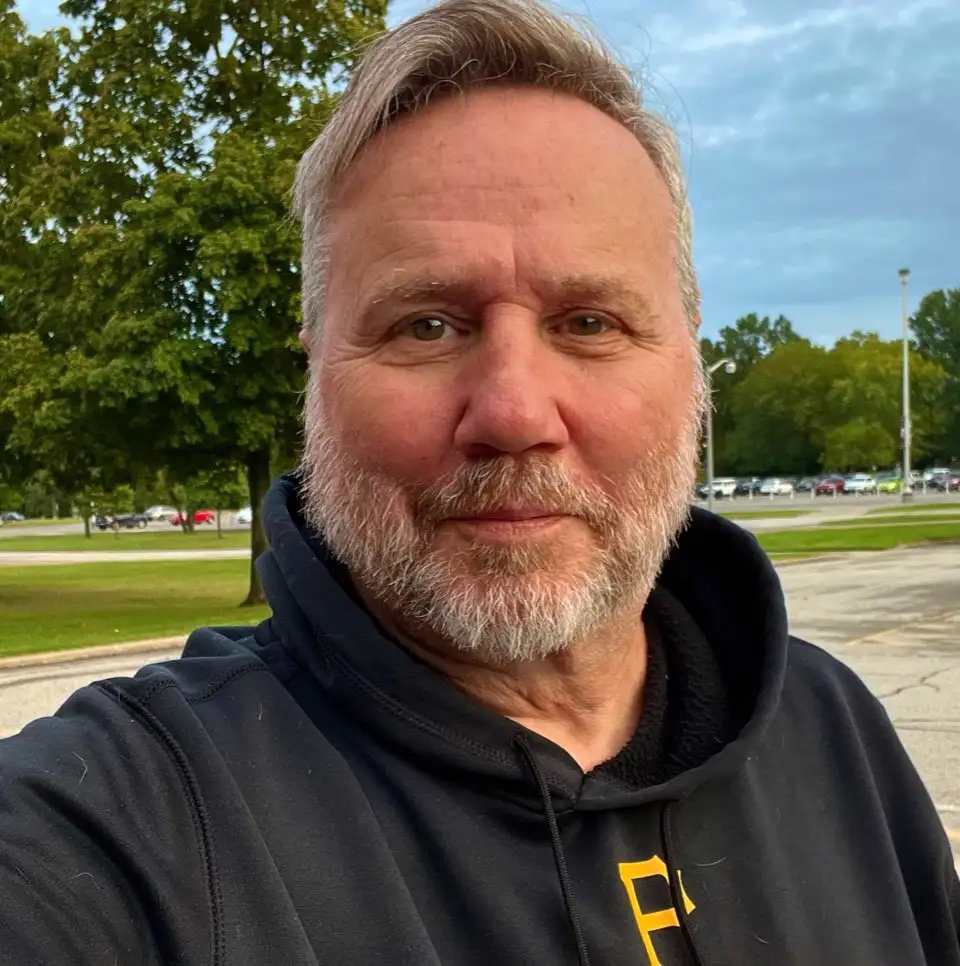
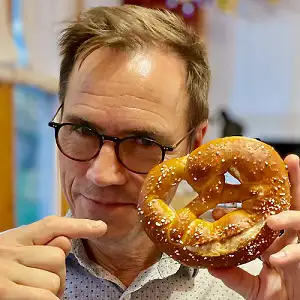
“NASA’s Parker Solar Probe”
Nour Rawafi
March 1, 2024
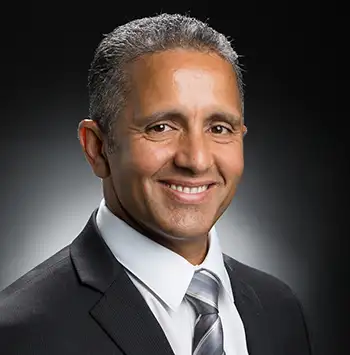
“Eclipses, Occultations, and Transits: the Dance of the Planets”
Lou Mayo
April 5, 2024
The universe moves in quiet synchronicity; as accurate, predictable, and dependable as the finest time pieces. Ancient civilizations watched the skies and predicted the cyclical motions of the moon and planets over 3,0000 years ago. The annual progression of the sun through the sky was known and celebrated by neolithic cultures over 5,000 years ago. Today, we understand and celebrate celestial motion, anticipating close visual associations of the sun and moon, planets, and stars and even using these events to conduct scientific experiments. In this talk, we will explore the history and discoveries associated with eclipses, transits, occultations, and conjunctions, paying special attention to this year’s total solar eclipse across America, the last total solar eclipse visible from the contiguous United Stated until 2044.
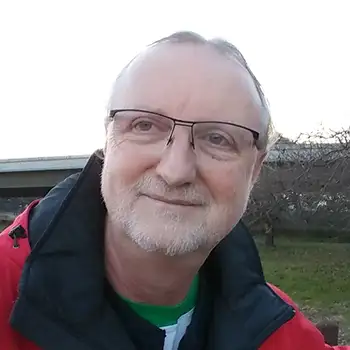
For disability accommodations call the SIU office of Disability Support Services at 618-453-5738. For more information, email eclipse@siu.edu or call the SIU Events and Outreach at 618-453-7424.
